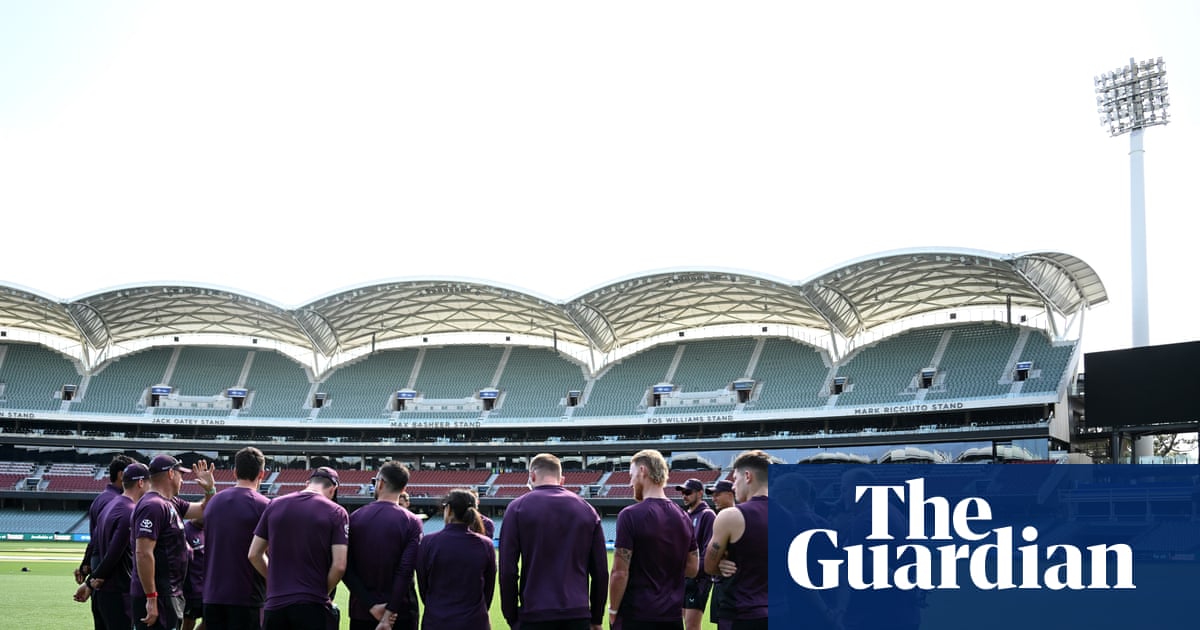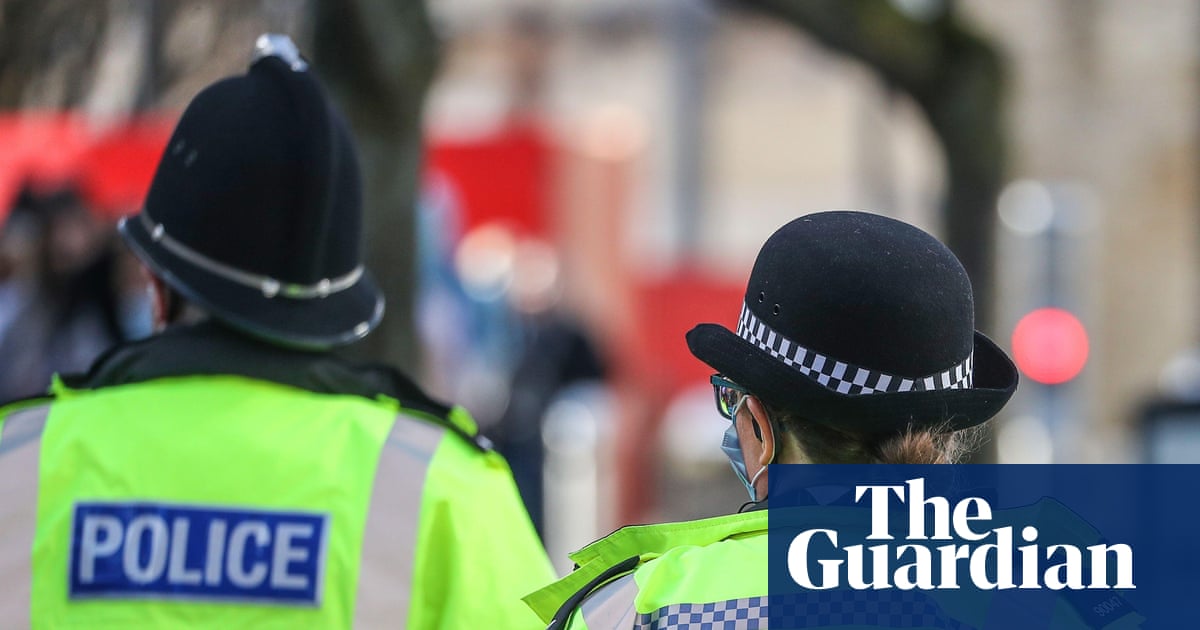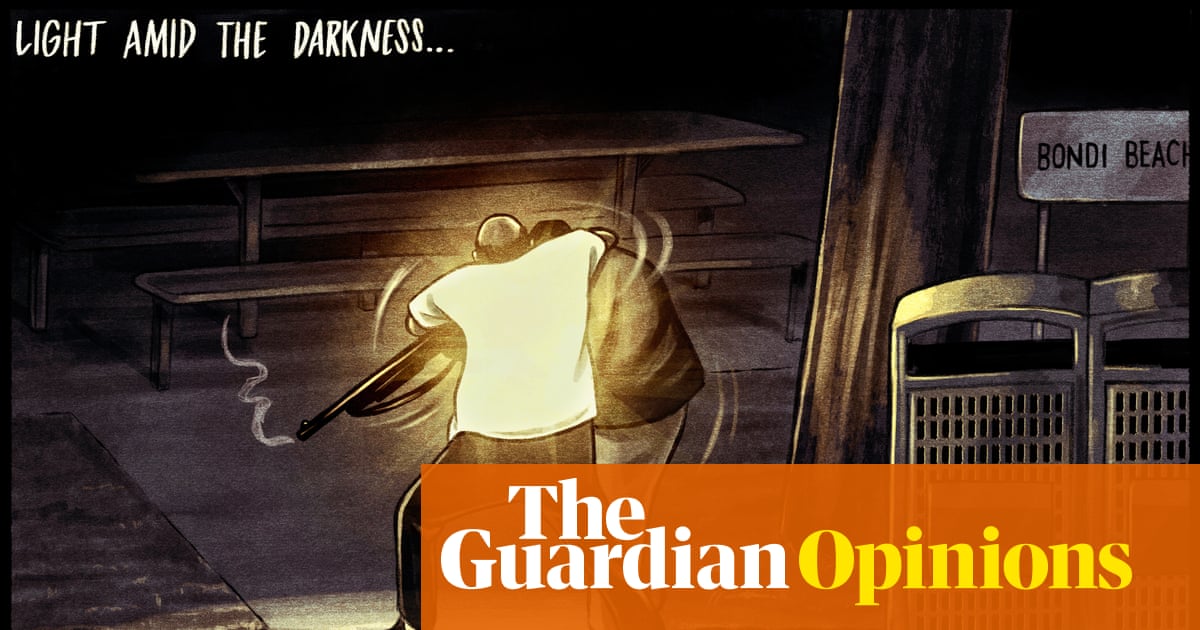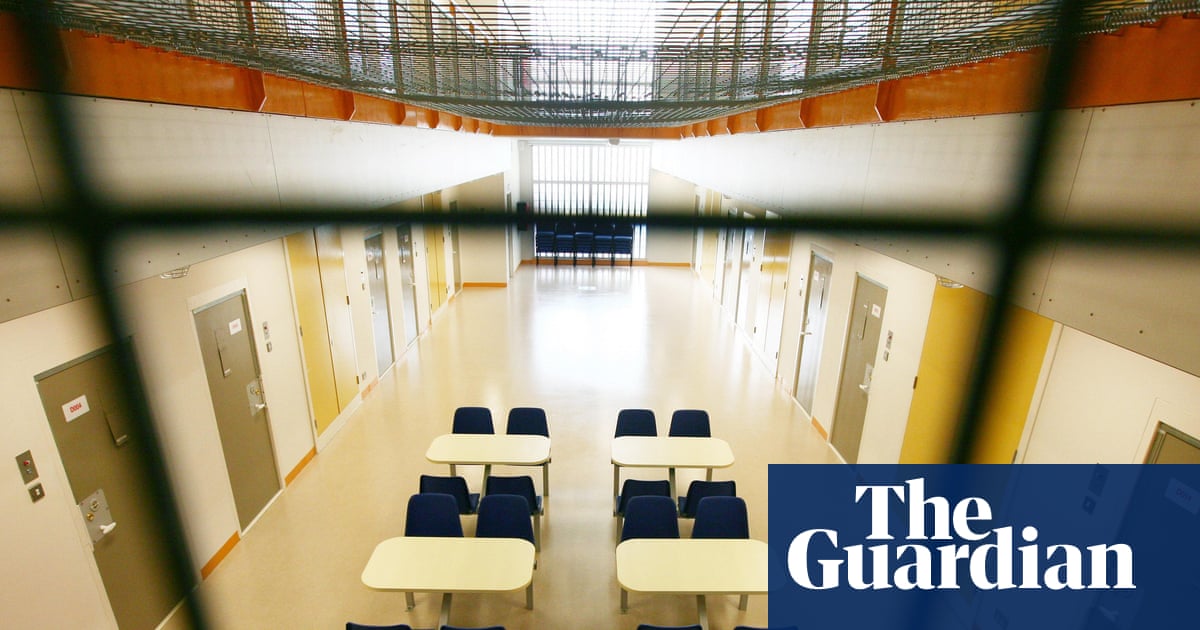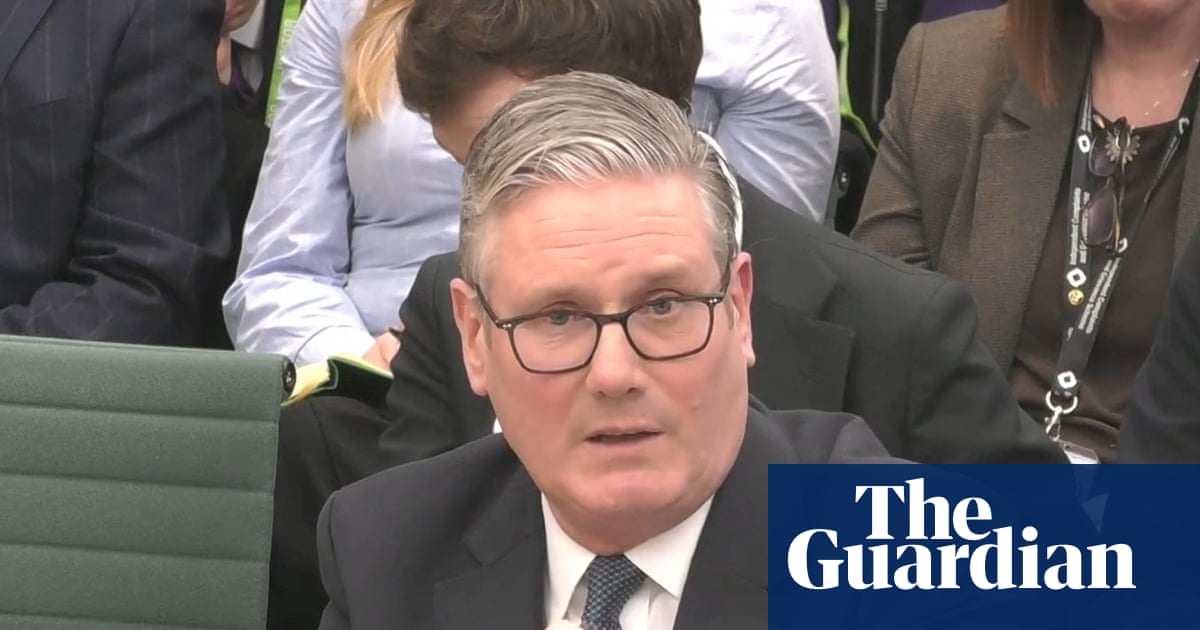With nights getting longer and the clocks going back, the bright glare from oncoming traffic has the attention of the UK government, which is considering changes to headlight standards and a clampdown on illegal sales of overly powerful bulbs.
More than a quarter of drivers say bright headlights made them nervous of driving in the dark, according to a survey published on Tuesday by the RAC motoring services company.
The glaring problem is expected to be addressed in a new road safety strategy from the government before the end of the year. It is understood the government will then propose amendments to international vehicle lighting regulations overseen by the United Nations.
The government commissioned independent research on the causes of headlight glare more than 18 months ago, with the findings finally expected to come by the time of the new strategy.
The road safety strategy is expected to include a pledge of further research on different vehicle makes and models, to identify exactly what design factors may be responsible for increased glare.
Possible factors might include the increasing number of brighter LED (light-emitting diode) headlamps, and the huge rise in the number of people driving SUVs, whose headlights are usually higher, pointed into the eyes of drivers of smaller cars.
Older drivers can be particularly affected because it takes their eyes longer to adjust after being dazzled.
LED lights offer huge energy-saving benefits over older halogen lights and have made one of the biggest contributions to cutting the UK’s carbon emissions of any single technology.
In the case of cars, this means reducing the amount of fuel used to generate electricity for lighting, saving on costs as well as pollution. LEDs generate eight times more light for each unit of power compared with halogen, according to the College of Optometrists.
However, retrofitting LED lights on older cars can cause problems because they are not designed for the brighter lights, meaning more light may be visible to oncoming cars.
It is understood that the Driver and Vehicle Standards Agency, which carries out MOT roadworthiness tests, has stepped up checks on headlights. Cars with unsuitable headlight bulbs will not pass the MOT, and sellers of illegal bulbs could face a £1,000 fine.
A Department for Transport spokesperson said: “We know headlight glare is frustrating for many drivers, especially as the evenings get darker. That’s why we commissioned independent research to better understand the causes and impact of glare, which will inform new measures in the upcoming road safety strategy.
after newsletter promotion
“Alongside this, DVSA has stepped up surveillance to intercept the sale of illegal retrofit headlamp bulbs for on-road use, and anyone caught could face a fine of up to £1,000.”
Rod Dennis, the senior policy officer at the RAC, said: “Unfortunately, for a lot of drivers the annual onset of darker evenings coincides with another unwelcome arrival – that of overly bright headlights that they believe make driving more difficult due to dazzle and discomfort.
“While most of us have no choice other than to adapt to driving at night more often as the clocks go back, the fact headlight glare is the leading cause of nervousness underlines it’s a problem that needs tackling. At the same time, it’s important to remember that brighter headlights can give drivers a better view of the road ahead – so there’s a balance to be struck.”
The College of Optometrists advises drivers to mitigate glare by ensuring windscreens and glasses are clean and adjusting interior mirrors to reduce dazzling from vehicles behind. It says: “When faced with bright oncoming headlights, keep your eyes open and briefly look to the curb or side of the road until you can see clearly again.” Dazzled drivers should ideally slow down and stop – if safe – until their eyes have recovered.

 1 month ago
54
1 month ago
54


